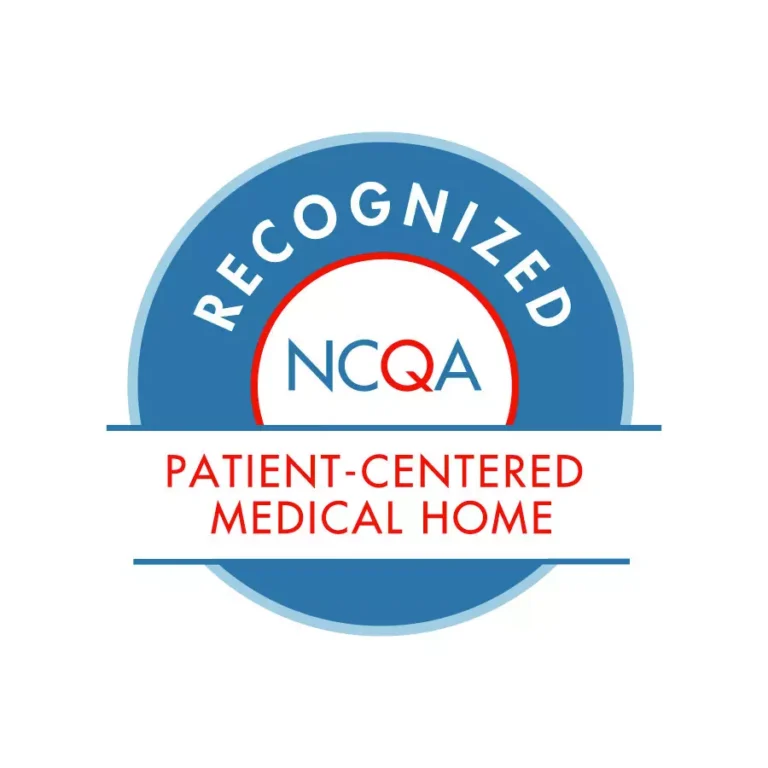Hand, Foot, and Mouth Disease
Posted on July 27th, 2023 to Uncategorized
Hand, Foot, and Mouth Disease:
A review by Julia Healy, B.S.
What is it?
The disease we know as hand foot and mouth disease (HFMD) comes from a group of viruses that belong to the enterovirus family. The most common virus to cause HFMD is known as coxsackievirus A16, but it can also be caused by coxsackievirus A6 and enterovirus 71. Individuals infected with enterovirus 71 are sometimes associated with more serious symptoms, such as encephalitis, or swelling of the brain, albeit very rare. Most of the time, HFMD is a mild virus that will subside on its own. Typically, infants and children younger than 5 are primarily affected, but HFMD is a communicable disease that can affect all ages.
How is it spread?
The viruses that cause hand foot and mouth disease are spread through bodily fluids. Typically it is spread when an individual comes into contact with the virus through saliva, drool, mucus, or feces. This can include changing diapers, being in close proximity of an infected person’s coughing or sneezing, and even sharing utensils or touching door knobs. The infected individual is most contagious during the first week of infection, however it may take multiple weeks and even up to months to stop spreading the virus.
How does HFMD affect the body?
Hand-foot and mouth disease can have an incubation period of around 3-6 days and symptoms may last for 7-10 days. The disease gets its name from the distinguishable rash it presents with on the hands, feet, and inside the mouth. The skin rash can start as small red spots with a red base that look flat or slightly raised. They can sometimes blister, in which case the fluid inside of the blister will contain the virus that causes HFMD. Mouth sores can present on the tongue and insides of the mouth and can become painful when swallowing. Some common signs of painful mouth sores in children are drooling more than usual, poor appetite, and only wanting to drink cold or cool fluids. Along with a rash and mouth sores, HFMD can present with flu-like symptoms such as fever, sore throat, and generally feeling unwell.
Treatment:
The majority of people infected with HFMD get better on their own, but it is important to stay cognizant of complications that may arise. A common effect of HFMD is dehydration due to painful mouth sores and difficulty swallowing. It is important to monitor your child’s fluid intake and ensure they are drinking an appropriate amount of water. Additionally, fever is commonly associated with HFMD and should also be closely monitored. Over-the-counter medications such as acetaminophen or ibuprofen may be given to help alleviate fever and pain caused by mouth sores. Your child should not have a fever that lasts longer than 3 days, and if they do, you should contact your child’s healthcare provider for evaluation. They should also be seen by a provider if symptoms are severe, persist for longer than a week, are younger 6 months of age, or if you are worried about dehydration.
Prevention:
Although HFMD is highly contagious, there are many ways you can prevent transmission. Having proper hand hygiene is exceptionally important. Correct hand hygiene involves washing your hands with soap and warm water for at least 20 seconds, or using an alcohol-based hand sanitizer if soap and water is not available. The individual infected should also be mindful of their hand washing habits. You should wash your hands every time after:
-
Changing diapers
-
Using the toilet
-
Coughing, sneezing, or blowing nose
-
Caring for a person infected with HFMD
Avoid touching your eyes, nose and mouth with your hands, which may carry the virus that causes HFMD. Disinfect commonly touched surfaces such as door knobs, handles, toys, and shared surfaces. It is important to keep blisters clean and avoid contact with them, as fluid within the blister can spread the virus.
Sources:
American Academy of Pediatrics. [Enterovirus (NonPoliovirus)] In: Kimberlin DW, Brady MT, Jackson MA, Long SS, eds. Red Book: 2018 Report of the Committee on Infectious Diseases. 31st ed. Itasca, IL: American Academy of Pediatrics; 2018:[331-334]



